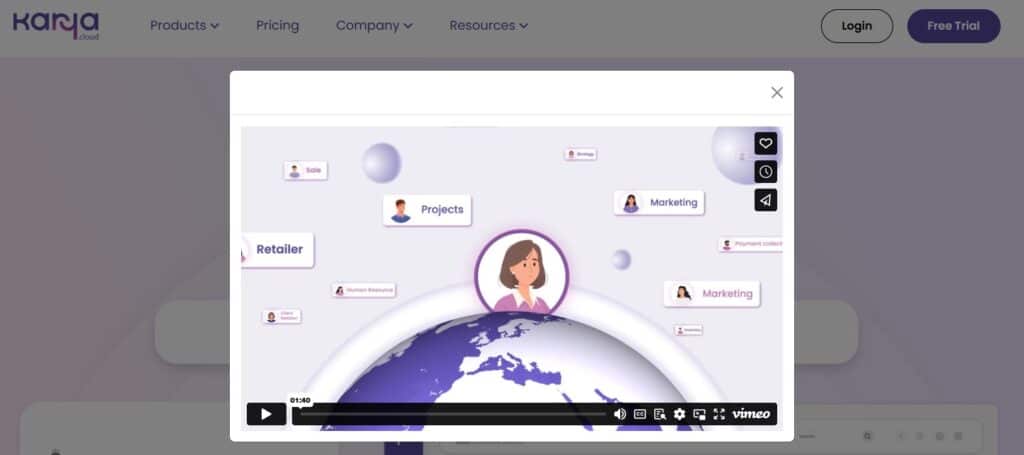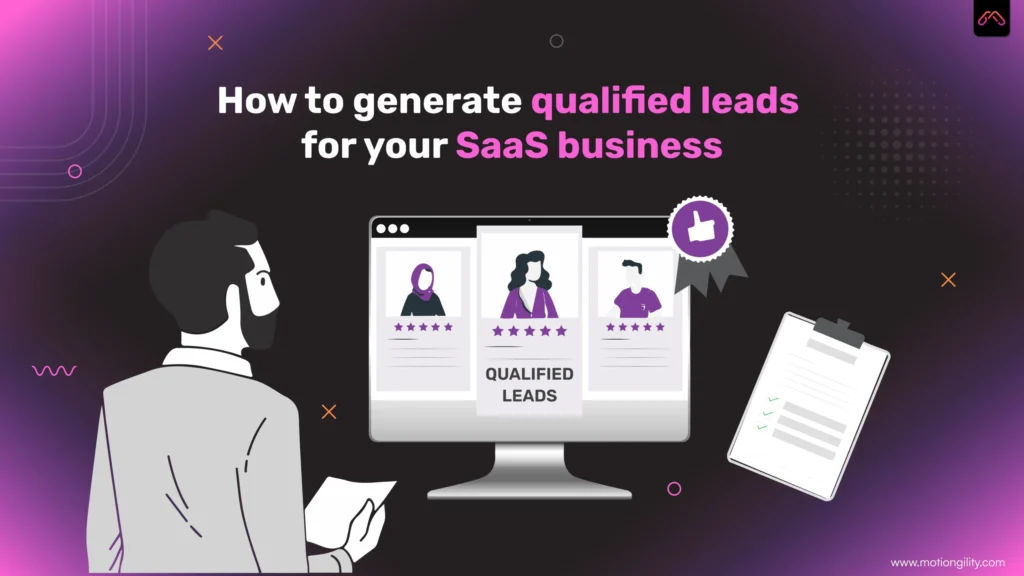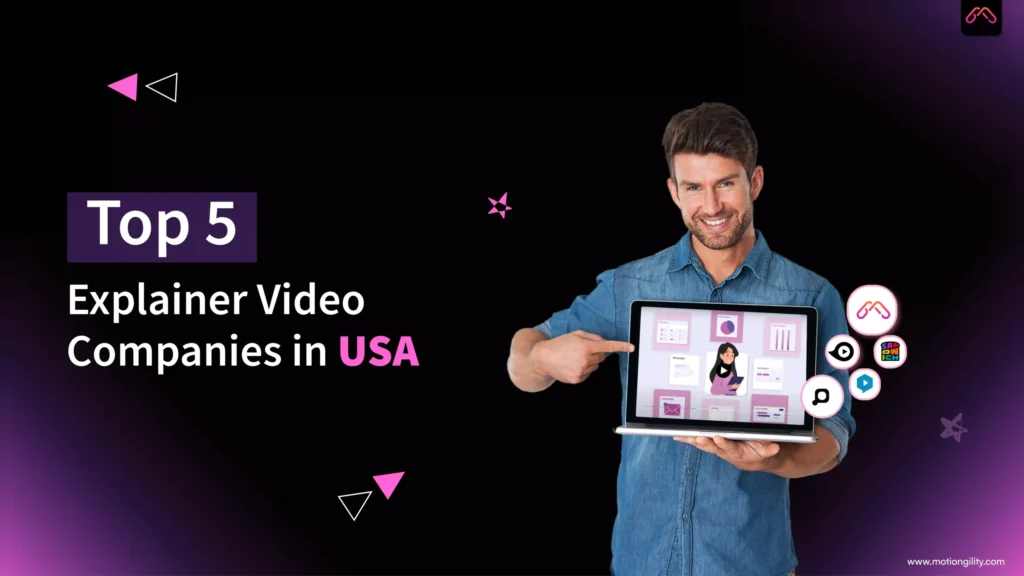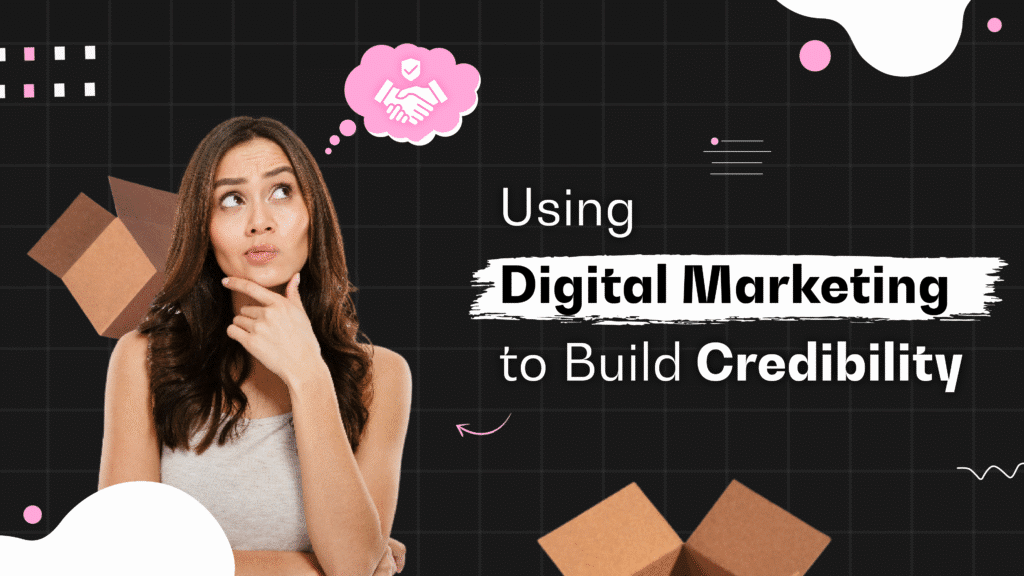Which option would you go with?
A user signs up for your app but uninstalls it within a week. Or…
A customer subscribes to your product but never checks it out.
If you’re a product owner, you’d say NO to both. Because the first case contributes to high churn, and the latter shows low engagement.
And both of these metrics frustrate the product owners day and night, they keep thinking:
We built all the right features, so why aren’t people using them? Also, our competitors have worse products, but they’re growing faster.
We aren’t writing this to add fuel to your fire; we’re saying what’s true for most of the product owners.
And almost all of them get it wrong – high churn and low engagement isn’t about the product, it’s about the message.
Why the Real Issue is Your Messaging
As a creative marketing agency, we keep analyzing the factors brands are missing out on so that we can leverage those insights to enhance our clients’ products/services.
And to be honest, we’ve noticed that many SaaS products don’t suffer from poor UX or missing features.
In reality, products today suffer from a story that doesn’t stick with users. Yes, it’s your communication gap.
It’s 2025, and every product owner is clear about what their target market needs.
Probably, you’ve already optimized your product, A/B tested every CTA on your landing page, and fine-tuned the onboarding process.
But, still, users aren’t loyal to you. Why is that happening?
Take a moment and just think about it: When was the last time you abandoned a product because it didn’t work?
Chances are, you left because you didn’t get it.
The value wasn’t clear.
The “why” was buried under a mountain of feature lists.
And the product didn’t feel like it was helping you.
Can you see what’s going on here? People don’t buy products. They buy clarity.
And here’s where it gets interesting: 90% of users will abandon a product within the first week if they don’t understand its value.
Clearly, that’s not a product problem but a messaging problem instead. But, how can you avoid this messaging issue we’re talking about?
It’ll be simpler for you if you know what general practices lead to wrong messaging.
What Poor Product Messaging Looks Like
Let’s say your product is a project management tool that could genuinely save teams 10 hours a week.
But your homepage reads this:
“Leverage our advanced algorithmic task optimization framework to enhance cross-functional workflow efficiency.”
It looks like the developers built the product and wrote the copy, too. But your user won’t understand what you do, and it might cost you business.
Instead, you can communicate your message simply in this way and win customers:
“Save 10 hours weekly with effortless project coordination.”
See what we’ve done here? We focused on the outcome instead of the features to improve our messaging.
Here are two more signs why your messaging might be driving high churn:
- Your onboarding process skips ‘why’ and directly jumps to ‘how.’ You’re teaching users how to use buttons before they understand why they should care about your product.
- Your value proposition is hidden behind the jargon. Make sure even a 12-year-old can understand what you do to make it easier for your users to get it.
How to Fix Your Messaging?
Unfortunately, most product owners get it backwards: they first perfect the product and then add messaging.
But the reality is: A clear and emotionally resonant message sets the stage for everything that follows.
It’s the difference between users who get it immediately and users who bounce after 30 seconds.
To make everyone stick, you need to look for a medium that distills your message into something instantly understandable.
And after trying multiple methods for our clients’ projects, we’ve found one of the best ways to do that is through explainer videos.
Here’s why:
- Visuals can easily clarify abstract concepts that would take paragraphs to explain
- Emotions included with storytelling give you better memory and understanding
- Video meets users before they churn, like on your homepage, in onboarding, or during critical drop-off moments
Plus, studies found that 82% of buyers’ purchase decisions have been influenced by video content.
You can grab this opportunity when you use explainer videos with a proper video marketing strategy.
What we mean is use them on homepage hero sections, onboarding sequences, email campaigns, or even in-app walkthroughs at crucial moments.
One of our clients, Karya Cloud, for whom we’ve created a series of engaging animated explainer videos, uses them on their home page.
This way, when users land on their site, they can instantly get what their product is all about.

Conclusion
If you’re facing high churn and low engagement on your product, then its reason could be lack of clarity.
Sometimes, what optimizing your product, A/B testing, or improving your onboarding process can’t do, can be fixed by communicating your message clearly.
Explainer videos play an important role here because, with clear and emotionally resonant messaging, they help users get your product instantly.
Explainer videos can simplify your complex ideas, build trust, and show the importance of your product – all at once.
So, before you add another feature to your product for user retention, first ask yourself: Does my audience truly understand what I offer and why it helps?
If not, you can leverage explainer videos to reduce high churn and low engagement.
At MotionGility, we’ve helped multiple brands like Portfolio+, Rebrandly, Karya, etc. create engaging and affordable explainer videos for their products.
If you want to replicate the same success for your product, you can get a free quote for explainer videos from us.





